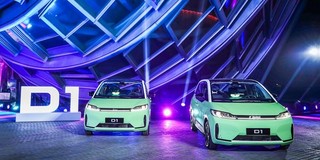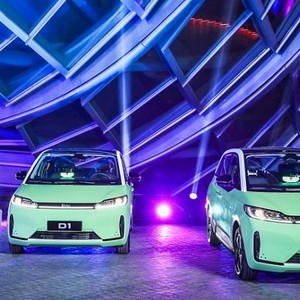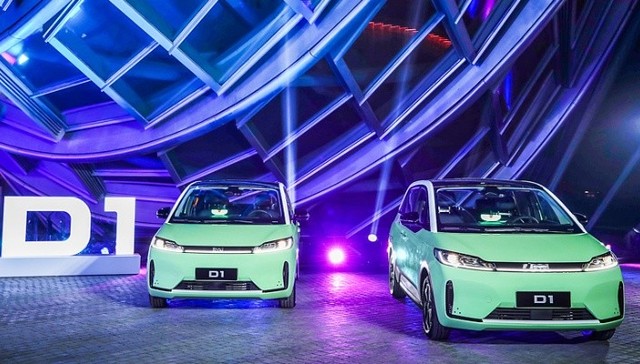By KE Xiaobin
It’s not official yet, but it seems that everyone already knows that Didi Chuxing is going to make an electric car of its own this time. Sources tell Jiemian News that vice president YANG Jun will be in charge of the new business and mass poaching from car manufacturers has already begun.
“Didi will never consider manufacturing cars,” CENG Wei, founder and CEO of Didi, said in 2018. It appears Cheng is going to eat his words. It’s not the first time, and probably won’t be the last.
This year is shaping up to be a vital one for Didi. Joining the EV carousel could just be more big talk for investors. Few now remember Didi’s new stars of courier, freight and community buying businesses which burned briefly and barely at all before being consigned to the ashcan of history.
While Reuters has said that Didi will go public in New York with a valuation of at least US0 billion (760 billion yuan), nothing has been announced and US0 billion is an awful lot of money. This is a company that has been shrinking for more than three years and is currently valued at about half that amount.

Most of the trouble seems to be down to the drivers Didi makes use of. Didi drivers have assaulted, harassed, robbed and even raped passengers, and driven them to their deaths. It’s not good for the corporate image, and not a good theme for the IPO prospectus.
Cheng’s plan revolves around 100 million orders a day, a tough goal to reach. The ride-hailing business is slowing down as more players join the game, including car manufacturers like Geely and SAIC. Diversifying newcomers like Baidu and Xiaomi saw their valuations in the capital market grow after saying they would make cars.
Didi and BYD began a joint venture in 2019, a year after Cheng’s “not going to make cars” comments. A year later, the BYD D1 was born. Didi took a paternal interest in the whole process from design to material supplies.
The D1 was designed around Didi’s ride-hailing business but only 5,000 of them have been sold. The company plans to have over a million of them on the road by 2025. The new car will probably be an improved version of the D1, with more input from the ride-hailing company.





